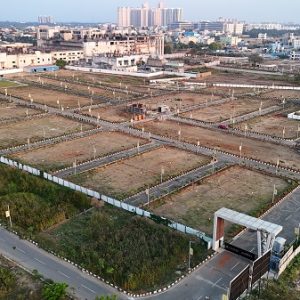Due to the region’s proximity to active faults, moderate earthquakes are frequently experienced in northern India and Nepal, according to Union Earth Sciences Minister Kiren Rijiju’s statement on Wednesday.
In a written response to a question in the Lok Sabha, Rijiju stated that earthquakes in some parts of north India and Nepal were caused by the activation of the Almora fault in western Nepal. This resulted in a 5.8 magnitude earthquake on January 24 and 6.2 and 6.4 magnitude earthquakes on October 3 and November 3, respectively.
According to Rijiju, there was a rise in earthquake frequency in 2023 as a result of these mainshocks and their accompanying aftershocks, but the background seismicity stayed constant during this time.
According to the minister, from January to November, there were 97 earthquakes in Nepal and northern India with a magnitude of 3.0 to 3.9, compared to 41 in each of 2022 and 2021 and 42 in 2020.
According to him, the area saw 21 earthquakes with a magnitude of 4.0–4.9 between January and November, compared to 20 in 2022 and 18 in each of 2020 and 2021.
“Seismic activity fluctuations and occasional moderate earthquakes are common in northern India and Nepal. Because of collision tectonics—where the Indian plate subducts beneath the Eurasian Plate—Nepal and the neighboring northern region of India, which are located close to the Himalayan region’s active faults, are extremely seismically active and prone to frequent earthquakes,” the speaker stated.
The Garhwal group of the inner lesser Himalayas is located in the north, while the Jaunsar and Dudatoli groups of the outer lesser Himalayas are located in the south, divided by the high-angle west-northwest-east-southeast to northwest-southeast trending tectonic plane known as the Almora fault.
According to Rijiju, the Bureau of Indian Standards (BIS) has released the Seismic Zoning Map of India, which shows Zones II through V and provides instructions for applying the fundamental engineering codes and practices needed to build structures that can withstand earthquakes.
The organization in charge of several preventative measures, including awareness campaigns, earthquake management, and earthquake drills to improve readiness and response to earthquake-related incidents, is the National Disaster Management Authority.
Nepal was struck by a magnitude 5.8 earthquake on January 24. It was felt most keenly in Uttarakhand, Delhi, and Uttar Pradesh.
Two earthquakes with magnitudes of 4.6 and 6.2 struck Nepal on October 3, and the Delhi-NCR area felt the tremors.
More than 382 aftershocks were recorded following a strong 6.4-magnitude earthquake that struck Nepal on November 3.












